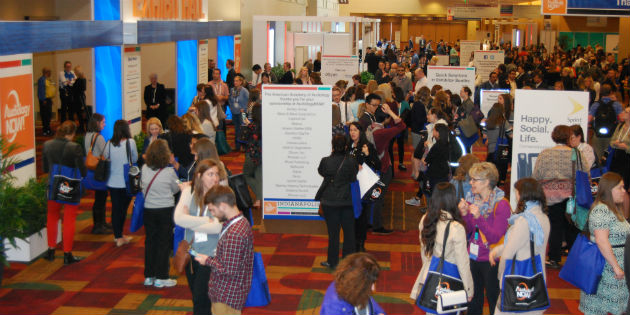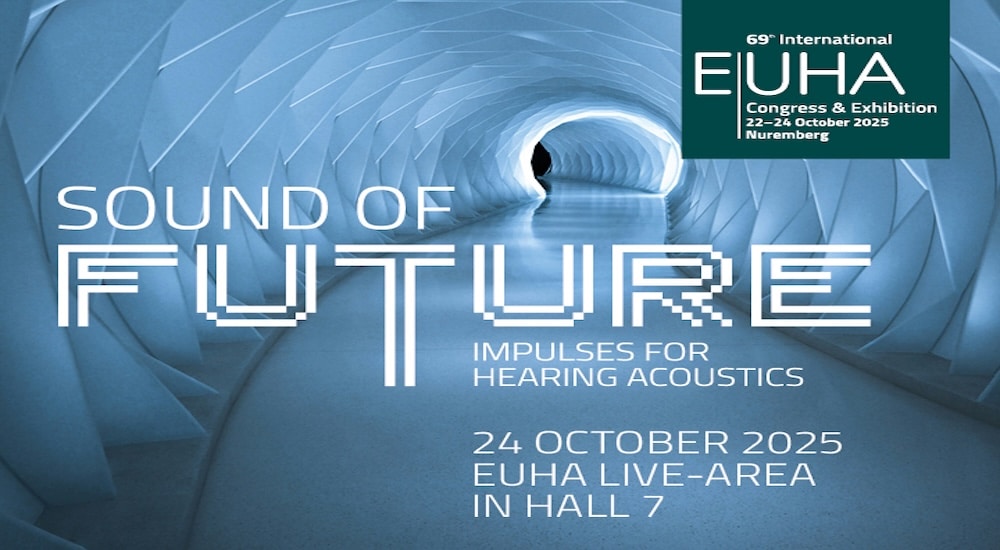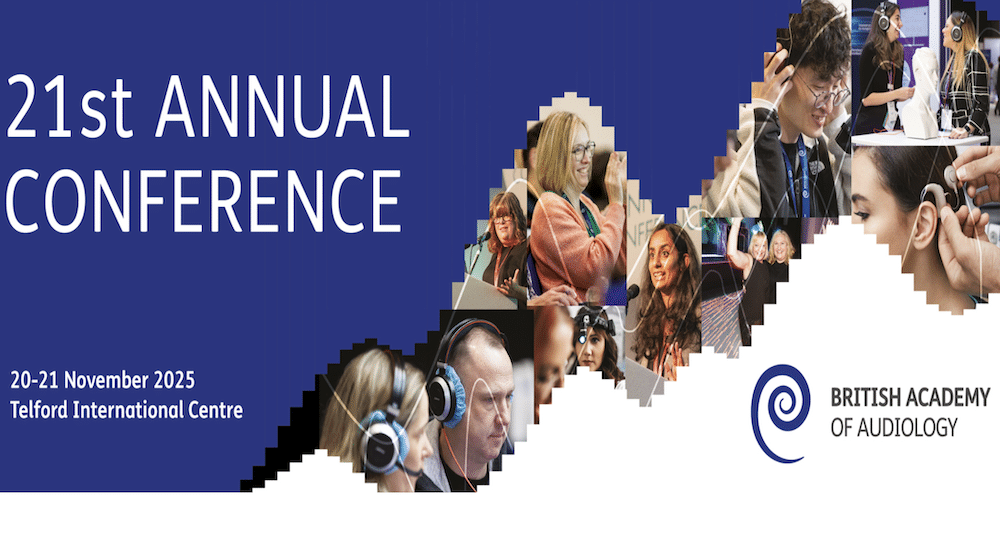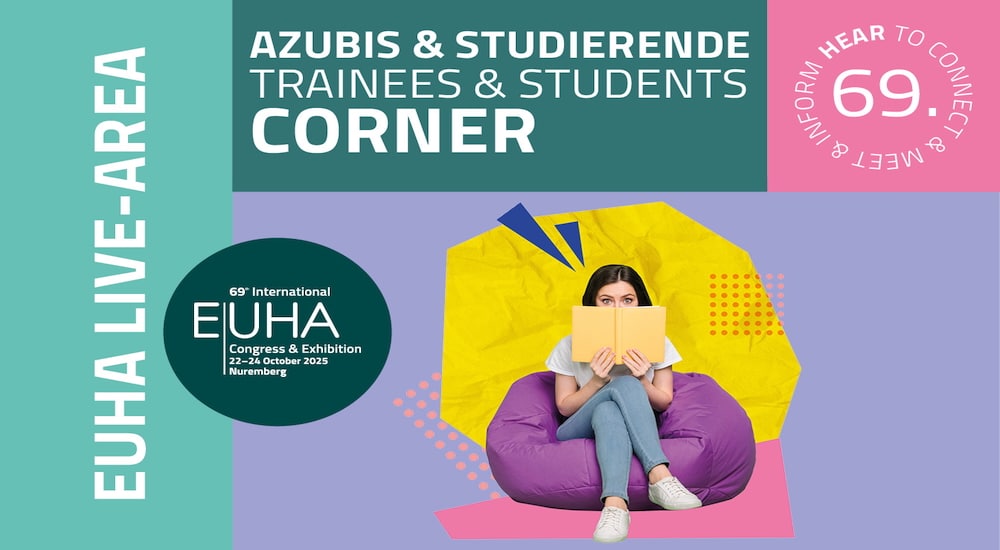AudiologyNOW! at a crossroads
AUDIOLOGYNOW!
The 2017 American Academy ofAudiology (AAA) was held from 5thto 8th April in Indianapolis, Indiana.The host state’s official motto is the‘Crossroads of America’; perhaps anapt location for a profession that ispotentially at a crossroads, in more waysthan one.

The program committee for the annual AmericanAcademy of Audiology’s congress encourageddelegates to ‘Connect, Reconnect andInnovate in INDY!’ as thousands of hearingcare professionals convened at the IndianaConvention Centre in Indianapolis for the fourdayjamboree in early April. To facilitate the AudiologyNOW!2017 theme, a vast array of events were scheduled.Hundreds of hours of lectures, workshops, learning modules, learning labs, student workshops and exhibitorcourses covering the complete spectrum of audiologysubjects were packed into four days from Wednesday5th through to Saturday 8th April.
The 2017 Academy Research Conference (ARC) kickstartedthe learning with a full day focusing on paediatricsexamining the advancements made over the last decadeand the innovations to come. Under the chairmanship ofAnne Marie Tharpe, PhD, experts and subject-leadersdiscussed how the ability to identify, diagnose and treatinfants and children with hearing loss has improvedsignificantly as a result of an enhanced understandingof developmental and biological mechanisms andtechnological advances.
Issues for audiology
The Annual General Assembly was moved to an earliertime on the Thursday; delegates had to be up bright andearly to hear Dr Ian Windmill, President of The Academy officially open the conference. Talking about the issuesfacing the industry at the moment, he said, “The past18 months have been nothing if not interesting for ourprofession. Certainly not in my professional career hasthe subject of hearing loss been so evident inside thebeltway (1).” The audiology profession in the US is facingseveral issues from the PCAST report through to animpending FDA decision on over-the-counter (OTC)hearing aids.
The 2017 keynote address was given by Dr. ShellyChadha from the World Health Organization (WHO).Dr. Chadha spoke about ‘Global action for hearing loss:making hearing care accessible to all’. Chadha focusedon providing an understanding of the WHO programmeand generating interest in the global movement for makinghearing care accessible to all. Immediately following theGeneral Assembly in the main auditorium, Dr. Curtis Alcock,a hearing care professional from the UK, provided foodfor thought during his lecture, ‘The science of beingrepulsive (and how to avoid it)’. Addressing the questionof why most people avoid hearing care, Alcock usesresearch and experience from social sciences to lookat how attitudes and behaviours are formed, and most importantly, the simple changes that can be made tomake your hearing care practice or clinic less repulsive!
Making connections
It’s not all work at the AudiologyNOW! Conference.The social aspects of AudiologyNOW! are importantfor making those connections with other audiologists.‘Celebrate Audiology’ is the kick-off networking eventon the Wednesday evening. These couple of hoursare the first opportunity to look at the innovations inthe exhibit hall from hundreds of companies; offeringdelegates and exhibitors a more relaxed way to mix andmingle amongst the exhibition booths. Food, drink andentertainment help the conversations flow and peopleto connect on the exhibit floor.
The other days at conference included baseball games,coffee meet-ups, picnics, banquets, international receptionsand a 5k early morning run, providing a plethora ofopportunities to network with 5,000 hearing careprofessionals from across the world. Unfortunately,for those wanting to do the sunrise yoga at 6am onthe Friday, it was completely booked out long beforeconference began!
Over-the-counter hearing aids
In the corridors and hallways, exhibition booths and barsthe key topics on people’s lips were OTC, telehealth andrechargeable hearing aids. Hearing aid provision in the USA is currently at a crossroads, a decisive moment, whenlegislators are deciding on a potential new supply routefor product provision for mild to moderate hearing loss.Much of the discussions at The Academy conferencecentred on the potential supply of hearing instrumentsover-the-counter. The profession appears to be dividedon whether this would be a positive move for patients andhearing care provision. “Allowing hearing aids to be soldover the counter will help bring down costs and expandconsumer choices so that millions more Americans canfind affordable hearing aids,” Senator Warren has said ina press statement. The goal of the legislation is to makeamplification devices more easily available to consumers,and thus increase competition and consumer choice,and lower costs. Several organisations and patient bodieshave come out in support of the proposal, others area little reticent. HIA, the trade organization for hearingdevice and equipment manufacturers, has emphasizedthe importance of FDA regulation to ensure hearing aideffectiveness and safety, and to avoid a marketing “raceto the bottom” that would accompany deregulation of thehearing aid market. American hearing care professionalsare also divided as to whether this will be good for patientsand the profession.
Technology trends
Whilst telehealth in audiology is not a new topic,technological innovations from manufacturers are bringingit to the forefront once again. Telehealth (i.e. teleaudiology)can be used to reach out to patients, providing accessin remote or rural areas, improve user satisfaction andaccessibility to specialists and save patients from havingto travel to receive care. Hearing aid manufacturers arecurrently in the process of testing distant fitting solutionswith Veterans Affairs in America (see box). Telehealthinnovations were launched at AudiologyNOW! byseveral hearing instrument manufacturers. The world’sfirst transatlantic remote fine tuning of a hearing aidwas successfully completed in front of a live audienceduring GN Hearing’s investor/analyst meeting. AndersHedegaard, CEO of GN Hearing, said during the meeting,“Telehealth is there to be further developed. As Dave[Fabry] expressed during his presentation there hasbeen wishes and attempts to implement it for many,many years, but technology has not allowed it. This isexactly what we do now. We bring technology to thetable to be used by those that want to use it.”
TELEHEALTH FOR THE VA
Veterans Affairs Telehealth Services uses health informatics, diseasemanagement and telehealth technologies to target care and casemanagement to improve access to care, improving the health of veteransin America. In audiology they have started a project and have approachedall manufacturers to be involved in the process. Several manufacturersconfirmed their involvement. Soren Nielsen from William Demant said, “Weare trying a telehealth solution with the VA.They basically called in for manufacturers to be part of a pilot project wherewe have to, within their system, make sure that a very significant portion oftheir aftercare service can be handled in people’s homes rather than havingto come back into hospital. We have spent quite a lot of resources on thatand that will be our starting point for a telehealth journey.”
Martin Grieder, Vice President at Sonova confirmed, “We are in the process of testing adistant fitting solution with the VA and that is progressing very well. Here Iwould say, stay tuned as that is also a focus area of ours.”
Another trend gaining traction is rechargeable, withsolutions available from all manufacturers on the exhibitionfloor. New releases from Oticon, Unitron and Starkey add tothe products from Phonak, Sivantos and Hansaton. Manyof the products use the ZPower silver-zinc rechargeablebatteries that provide all day power from a single chargebut also offer the flexibility to use disposable batteriesif desired.
These are just a few of the technologies on show on theexhibition floor. In the city that is best known for hostingthe world’s largest single-day sporting event, theIndianapolis 500, audiologists and students raced aroundthe 65,000 square feet of exhibition space, weaving inand out of 160 exhibitor booths, stopping along the wayto discover the latest technological innovations, newproducts, services and people that will be helping theirbusinesses to grow and clinics to flourish.
Attendee numbers decrease
Delegate numbers continue to decrease at theAmerican Academy of Audiology annual event.This year 4,849 people attended the conferenceand 1,548 (32%) of these were exhibitors. Whilst40 countries were represented at the conference,numbers of delegates travelling from abroad havealso dropped. International attendance is now 9%of total attendees with many of these being fromEuropean manufacturers.
An Audiology Worldnews special print edition wasavailable at AudiologyNOW!. This can also beviewed online (free access) here .
1. The Beltway refers toInterstate 495, the CapitalBeltway, a circumferentialhighway (beltway) thathas encircled Washington,D.C. since 1964. “Inside theBeltway” is an Americanidiom used to characterizematters that are, or seemto be, important primarily toofficials of the U.S. federalgovernment, to its contractorsand lobbyists, and to thecorporate media who coverthem.


